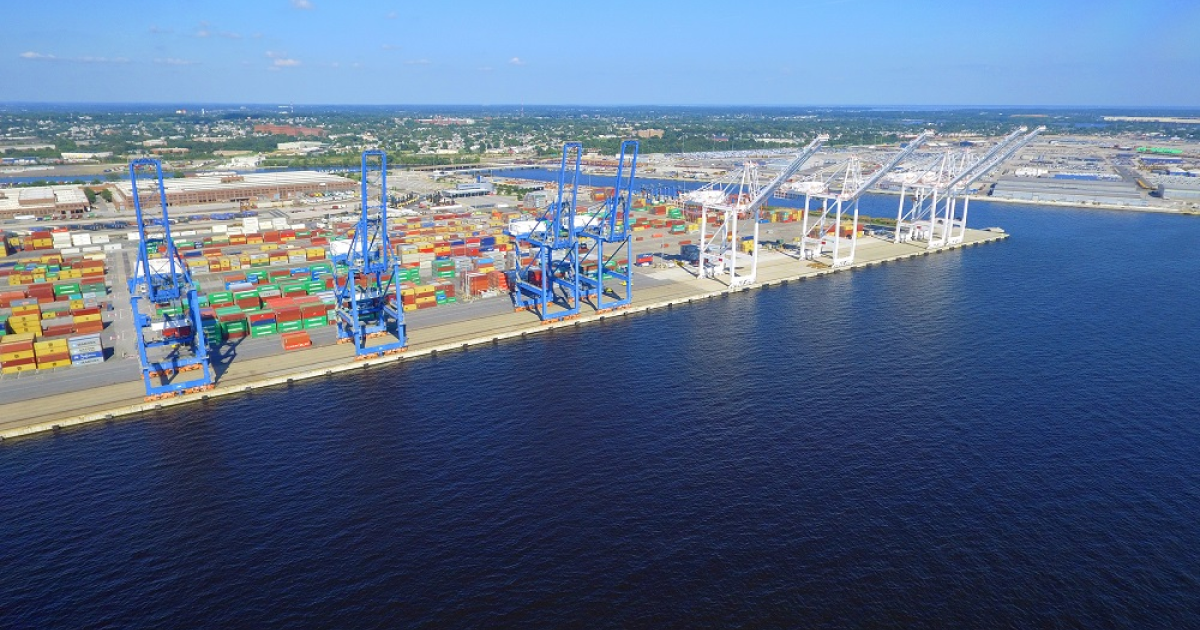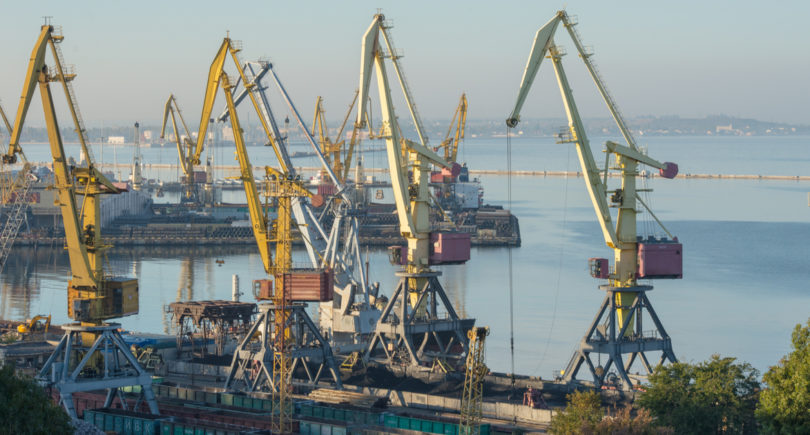
News Infrastructure US 2655 27 March 2024
Prolonged suspension of ship traffic in the port of Baltimore will affect trade flows in the country
Ship traffic to and from the port of Baltimore (Maryland, USA) has been suspended indefinitely after the collapse of the Francis Scott Key Bridge. This may affect dry bulk freight rates, Argus Media reports.
On the night of March 26, the large Singapore-flagged container ship Dali, which was sailing from Baltimore to Sri Lanka, crashed into one of the pillars of the three-kilometer-long bridge, causing the structure to collapse.
The port in Baltimore is one of the largest on the east coast of the United States, a major center for trade in thermal and coking coal, automobiles and scrap, Argus notes.
Its prolonged closure could affect trade flows in the country as shippers look for alternatives.
The port authority said it did not know how long it would take to resume traffic.
«This does not mean that the port of Baltimore is closed. We continue to handle trucks at our terminals,» the statement said.
Market participants disagree on the degree of pressure on maritime transportation. One ship broker notes that the market is currently in a transitional season, when demand for thermal coal is declining, and the situation will not have too much impact on dry cargo transportation in general.
The other two brokers believe that some coal suppliers will be able to load at ports such as Hampton Roads. This will partially mitigate the potential downward pressure on freight rates that may arise from the reduced demand for cargoes.
Another market participant doubts that large volumes of coal cargo can be redirected to other East Coast ports. In his opinion, Panamax rates are likely to decline due to the expansion of tonnage supply for vessels of this class in the Atlantic.
At the same time, ship brokers suggest that ship traffic in ports such as Charleston (South Carolina) and Savannah (Georgia) will increase as a result of the redirection of ships from Baltimore.
Sources in the steel industry say the situation will have only limited consequences for the global ferrous scrap market, but it is still being assessed. According to the U.S. Department of Commerce, the port of Baltimore is the 10th largest export port for this raw material in the country. Over the past five years, an average of 44 thousand tons of ferrous scrap has been exported from here per month.
According to S&P Global, Baltimore is also a key center for warehousing non-ferrous metals (aluminum, copper and zinc) and ferroalloys. In addition, the port handles the largest number of vehicles among all US terminals and large volumes of agricultural products.
As maritime transportation consultant Lars Jensen noted on LinkedIn, this is a major disaster that will create significant problems on the US East Coast for US importers and exporters. The collapse of the bridge would mean that it would be impossible to get to container terminals or a number of others for some time. Cargoes will have to be redirected to other East Coast ports, and those already stored in the area will not be able to be exported.
As GMK Center reported earlier, dry bulk freight rates fluctuated in March due to volatile trade activity. Steady demand was observed on the Western Australia-China route for iron ore.




